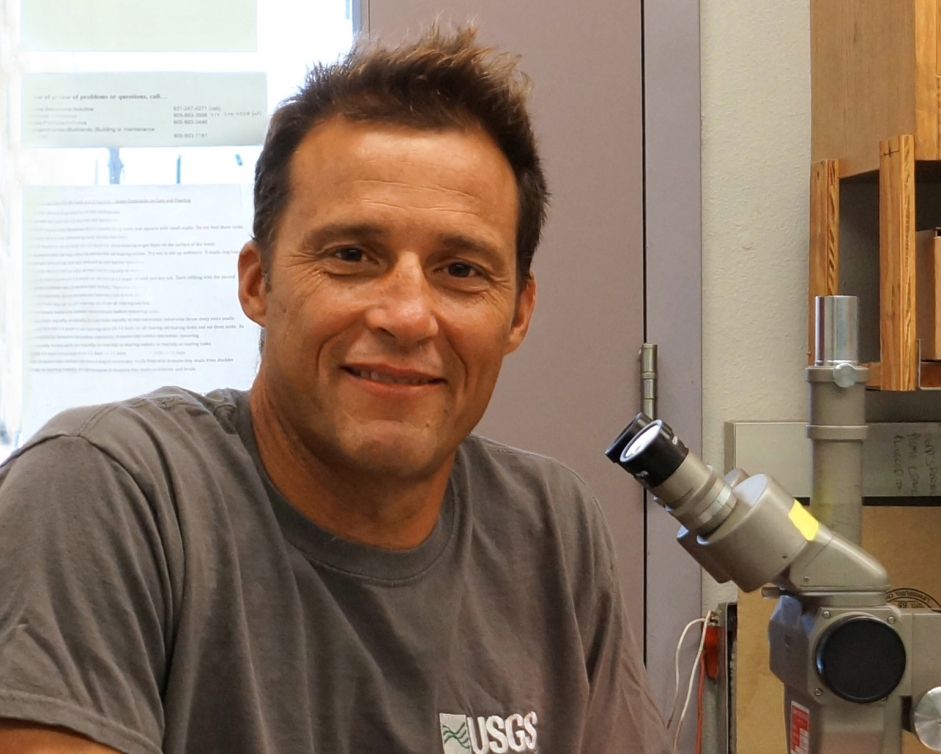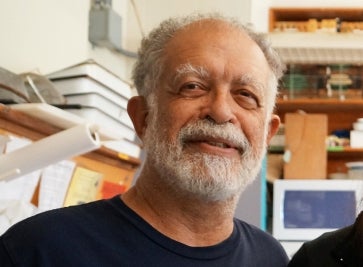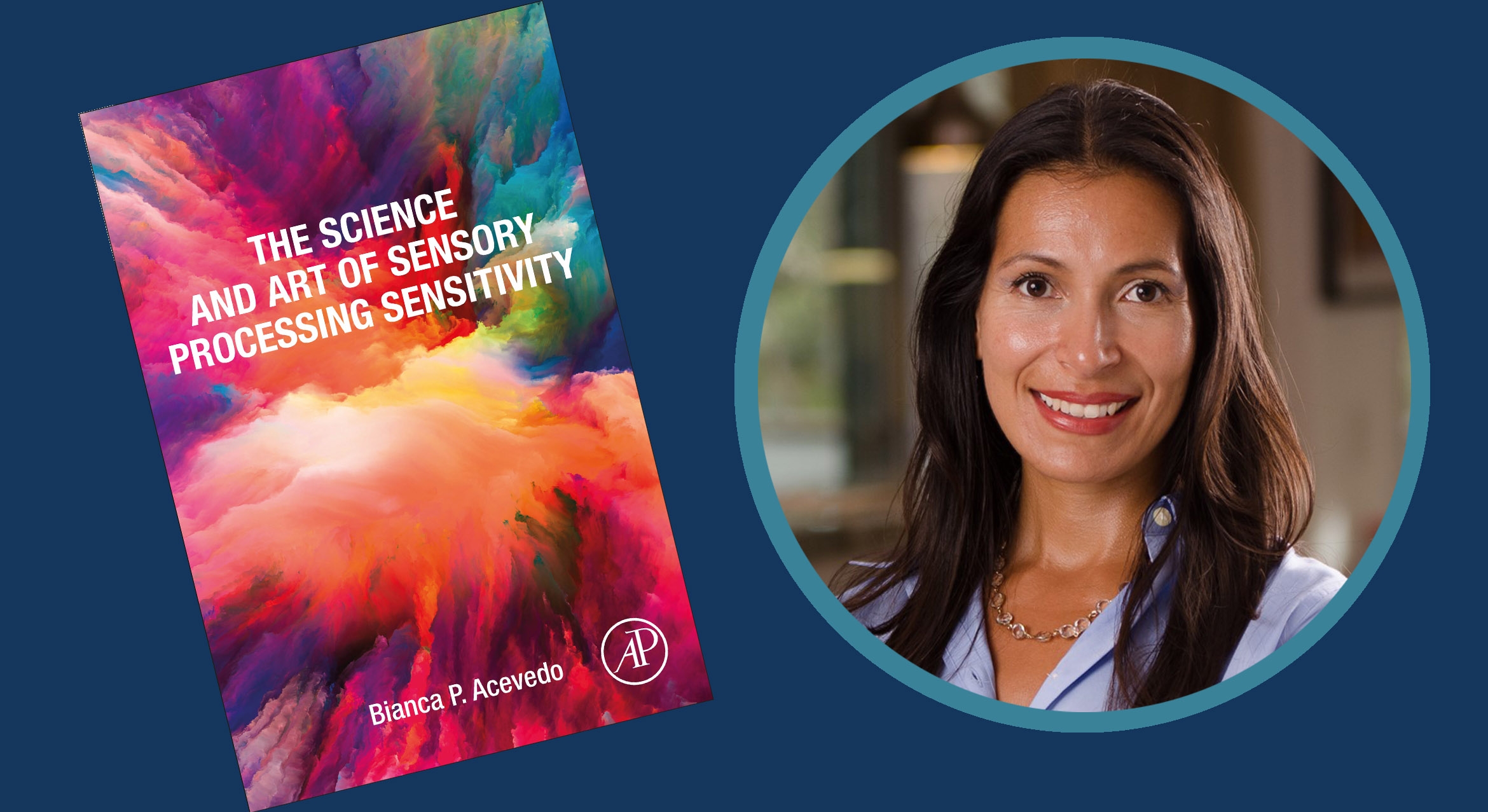Caught in a Complex Web



Food webs are incredibly complex networks of interactions between organisms and the things they eat. One creature’s prey is another creature’s predator, while some organisms consume one type of food in their juvenile stage and another as adults.
Thousands of modeling studies have been developed to describe different consumer-resource relationships in the natural world, but a new general consumer-resource model, developed by ecologists affiliated with the National Center for Ecological Analysis and Synthesis (NCEAS) at UC Santa Barbara, captures the underlying structure of all ecological food webs and provides a framework from which new models that share the same assumptions and mathematics can emerge.
“It rolls a century’s worth of food-web mathematics into a single model,” said U.S. Geological Survey/ UCSB ecologist Kevin Lafferty, lead author of the report published in Science Magazine. He and co-authors from Stanford University, Princeton University, Santa Fe Institute and the University of Bristol in the United Kingdom formulated a mathematical model that outlines behaviors, circumstances and effects of the various strategies employed by consumers, from social predators such as the enormous killer whale to tiny parasites and pathogens.
“There’s a long history in ecology of striving for generality through the use of simple models, because models can help identify the key dynamical features common to many ecological systems,” said co-author Cheryl Briggs, professor in UCSB’s Department of Ecology, Evolution and Marine Biology.
The effects of this general consumer-resource model are far-reaching: resource management, conservation efforts, public health, urban planning and agriculture are but a few of the fields that could benefit from this wide-reaching concept.
“This is a key step to a unifying theory of ecology,” said co-author Armand Kuris, zoologist and professor in EEMB. “By removing the hidden assumptions of earlier work, we can now model all complex life cycles for all feeding strategies. These new models can more effectively tackle urgent problems such as climate change.”
Other contributors to this research Giulio DeLeo of Stanford University; Andrew P. Dobson of Princeton University and Santa Fe Institute and Thilo Gross of the University of Bristol also conducted research for this model.







